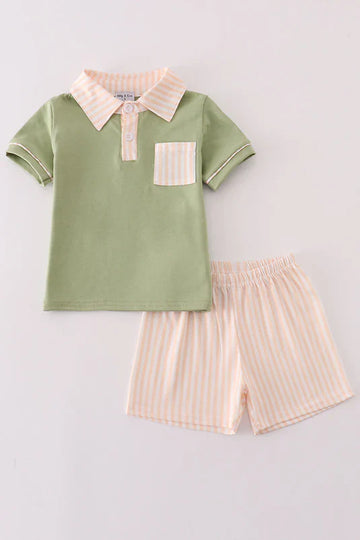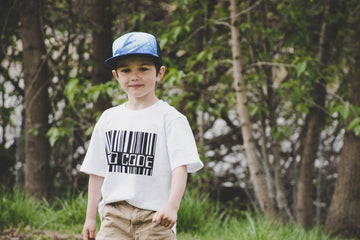Parenting a clingy child can be challenging, but understanding the reasons behind their behavior and implementing effective strategies can make a significant difference. Here are some practical tips to help you manage your clingy child and foster their independence:
1. Acknowledge Their Feelings
Understanding and acknowledging your child’s feelings is the first step in managing clinginess. Let your child know that it's okay to feel scared or anxious. Validate their emotions by saying things like, "I understand you're feeling worried, and that's okay." This reassurance helps them feel understood and less alone in their feelings.

2. Gradual Separation
Gradual separation can help your child get used to being apart from you. Start with short separations and slowly increase the time apart. For example, you can leave them with a trusted caregiver for a few minutes and gradually extend this time as they become more comfortable.
3. Establish Routines
Children thrive on routines because they provide a sense of predictability and security. Establishing consistent daily routines can help your child feel more secure and reduce clinginess. Ensure that they know what to expect throughout the day, from meal times to play times and bedtime.
4. Encourage Independent Play

Encouraging independent play is crucial in helping your child develop self-reliance. Provide them with engaging toys and activities that they can enjoy on their own. Start by being nearby and gradually move away as they become more comfortable playing alone.
5. Build Confidence Through Praise
Positive reinforcement can boost your child’s confidence and reduce clinginess. Praise your child for their efforts when they play independently or try new activities without your constant presence. Highlight their achievements and encourage them to continue exploring and learning on their own.
6. Create a Safe and Comfortable Environment
Ensure that your child feels safe and comfortable in their surroundings. Familiar environments with their favorite toys, books, and security items can help reduce anxiety. A comforting environment can make it easier for them to cope with your absence.
7. Model Independence
Children often mimic their parents' behavior. Demonstrate independence by engaging in activities without your child occasionally. Show them that it's okay to have time apart and that you always come back. This modeling can help them feel more secure when they need to be alone.
8. Stay Calm and Patient
Managing a clingy child requires patience and calmness. Reacting with frustration or impatience can exacerbate their anxiety. Stay calm and reassuring, even during difficult moments. Your composure can help your child feel more secure and less anxious.
9. Seek Professional Help if Needed
If your child's clinginess persists despite your efforts, consider seeking professional help. A child psychologist or counselor can provide additional strategies and support tailored to your child's specific needs.
Conclusion
Dealing with a clingy child can be challenging, but with the right strategies, you can help them develop confidence and independence. Remember to be patient, acknowledge their feelings, and gradually encourage independence. With time and effort, your child will learn to feel secure and confident on their own.
By implementing these strategies, you can create a supportive environment that helps your child thrive and become more independent.
Looking for comfortable and stylish clothing for your little ones? Check out Sandilake Clothing for a wide range of adorable outfits that your child will love!





